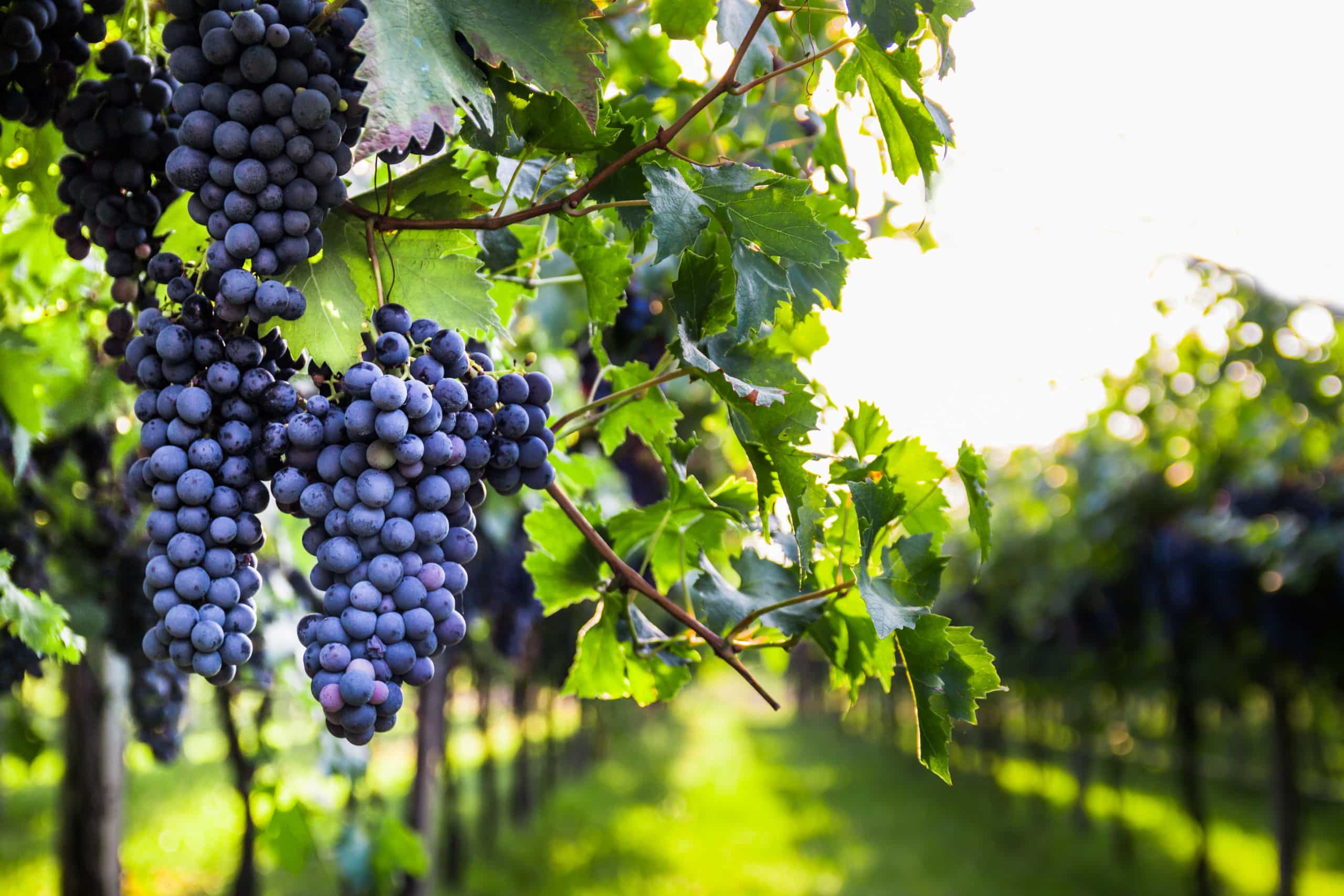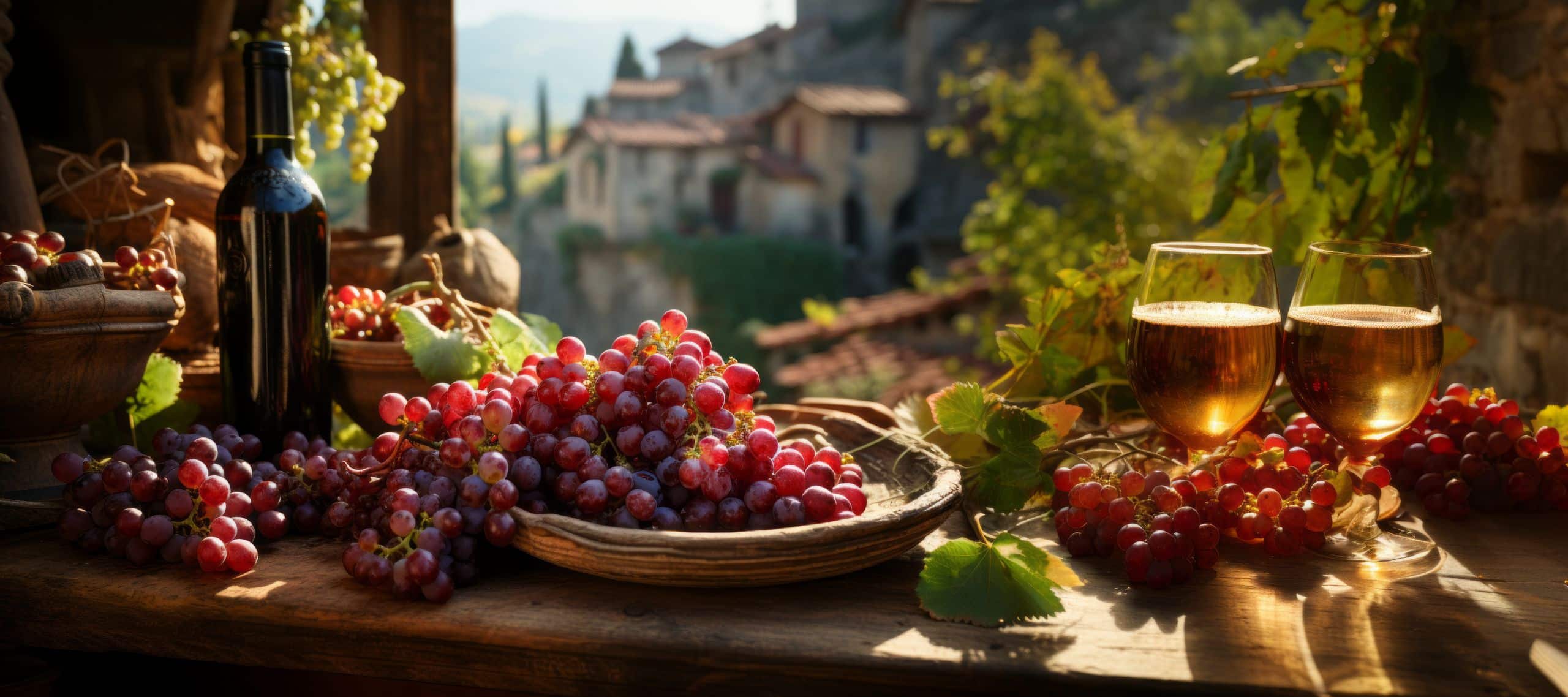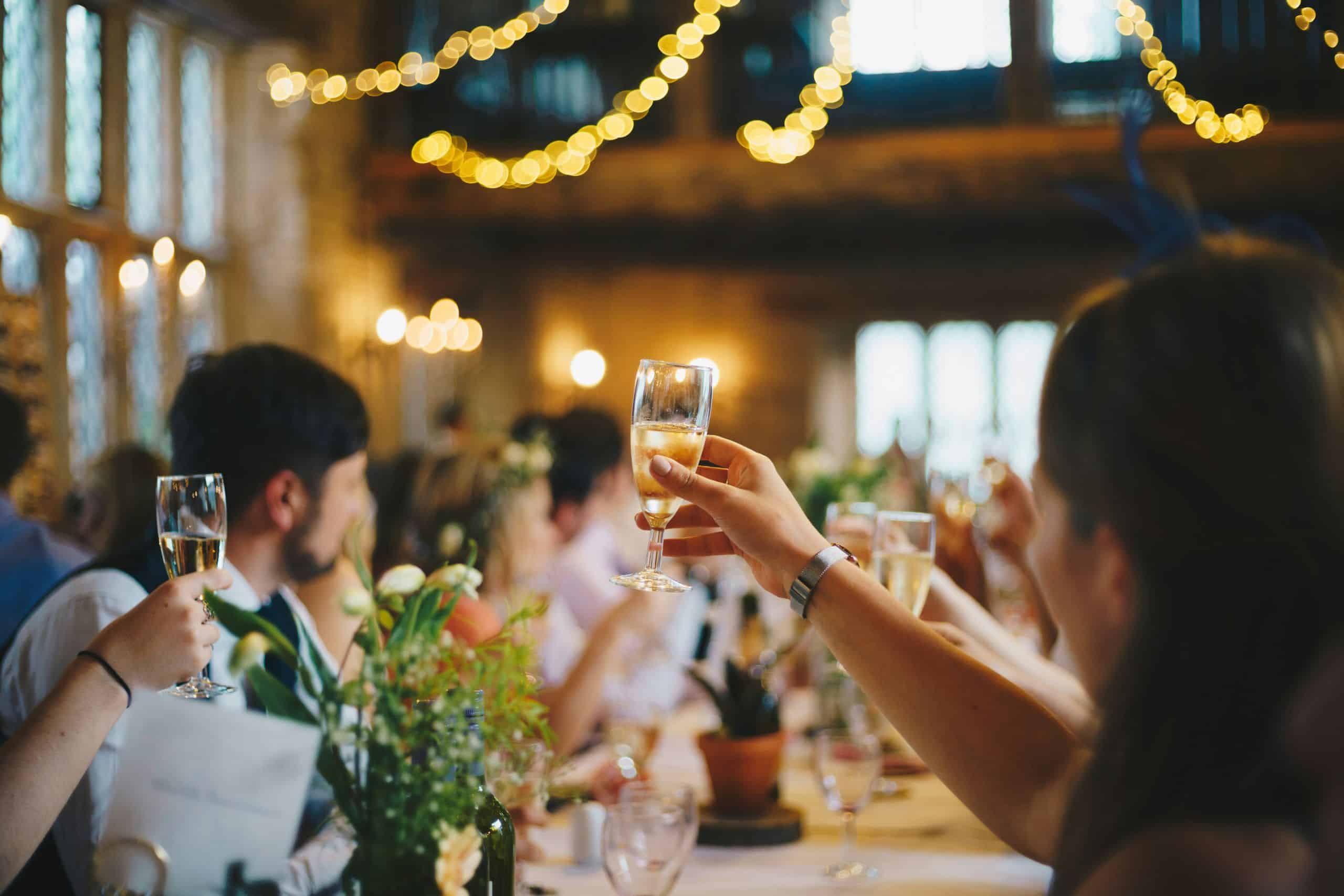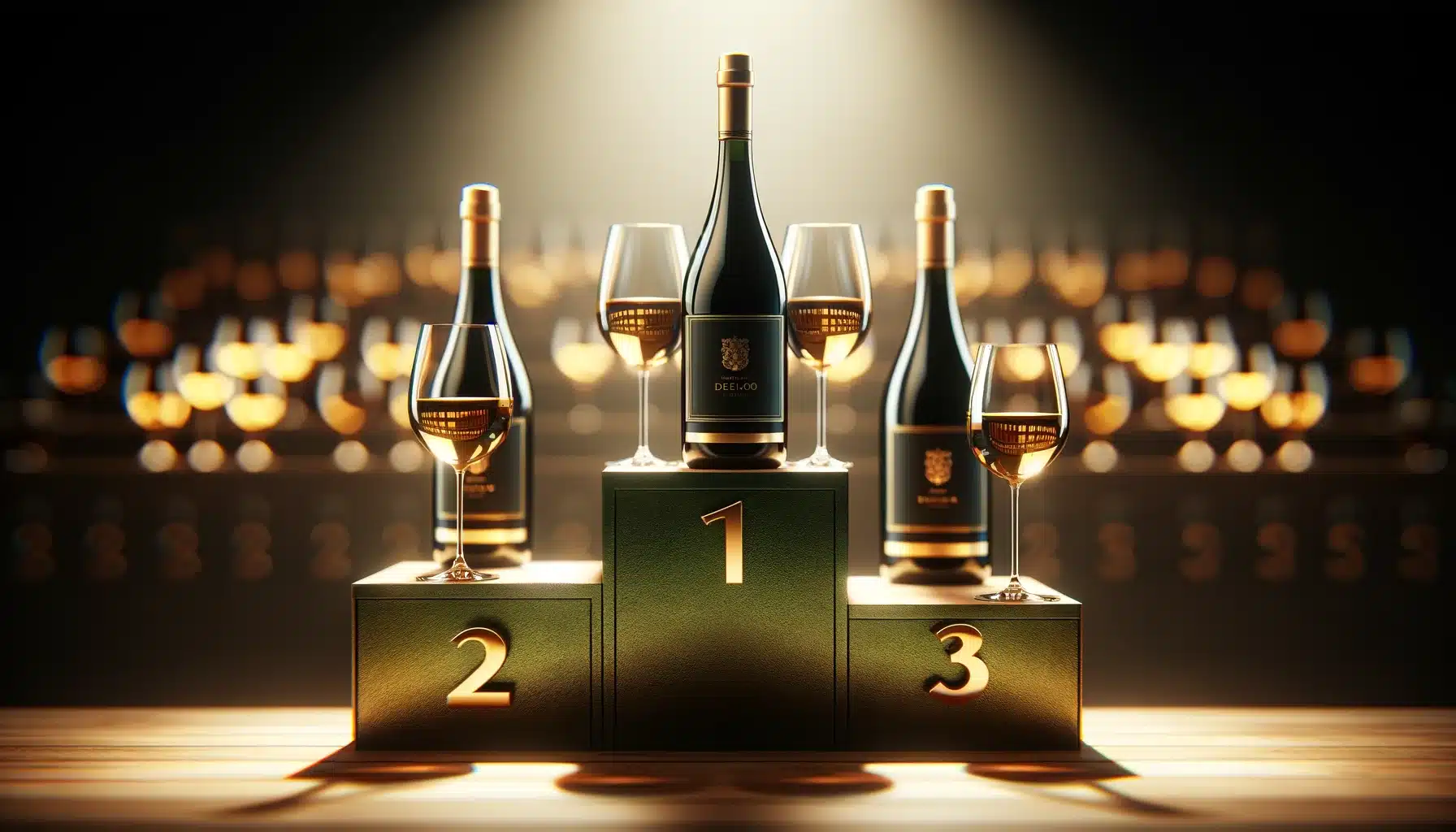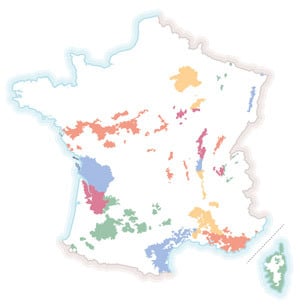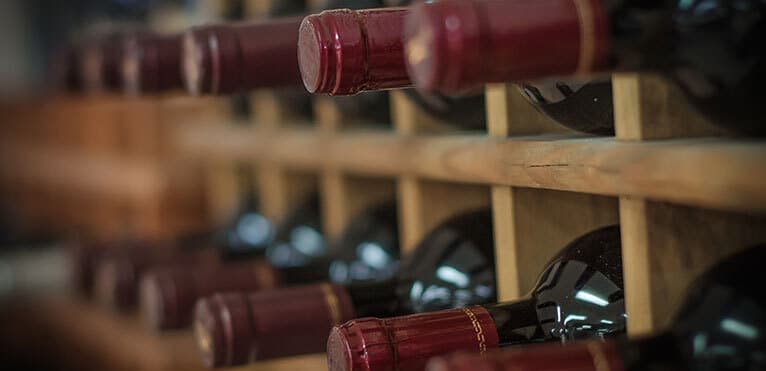
Contents
Many wine lovers are not fortunate enough to own a cellar (we’re talking about a traditional cellar here), and we’re thinking in particular of city dwellers who live in apartments. To store your wines correctly, preserve and develop their aromas, and avoid spoiling their organoleptic qualities, you’ll need to be extra vigilant and find alternatives.
Where to store wine without a cellar?
Ideally, if you have a small budget to invest, you can buy an apartment wine cellar. These come in a range of models to suit all budgets, and are now very high-performance. They can reproduce the humidity, temperature and light conditions normally found in a wine cellar.
If you don’t have the budget or space for an apartment wine cellar. You can store your bottles in a garage, which will protect your wine from light, and often offers rather cool temperatures, ideal for storing wine.
Third solution: a room or cupboard specially fitted out for storing wine. The ideal conditions (temperature, light, humidity, bottle position, etc.) must be respected to avoid sabotaging the bottles’ contents.
As a last resort, you can store your wine in a refrigerator. Generally speaking, only use a fridge when the wine is about to be consumed, or when it has been opened and is to be stored for the following day. You should also take the bottle out of the fridge to let it warm up to serving temperature (around 10 degrees for white wine and 15-17 degrees for red wine).
What are the ideal conditions for storing wine properly?
When storing wine, whether in a cellar or not, there are four key parameters to consider: temperature, light, humidity and bottle positioning.
First, the temperature. The latter must be constant, not subject to sudden variations, and kept between 10 and 14 degrees. If the temperature is too low, the aging process will be slowed and the aromas will struggle to develop. If the temperature is too high, aging will be accelerated and the wine will not be able to adopt all its aromatic qualities naturally.
Next, make sure that the bottles are kept away from light. Indeed, UV rays tend to give wine a “light taste”, a rather unpleasant taste that is due to the reaction of certain elements within the wine with light. You’ll notice that wine bottles (especially red wine) are tinted green or brown, to keep out UV rays. Some even go so far as to wrap the bottles in newspaper to keep out the light.
Another important aspect of wine storage is to monitor humidity levels. Humidity should be between 55% and 77%. If you don’t have a measuring device, simply rely on your senses and try to achieve a balanced humidity environment (neither a bathroom nor the Sahara desert, to put it simply).
Last but not least,
last but not least
as our English-speaking colleagues would say, the position of the bottle is crucial. Indeed, if the bottle is not in a horizontal position, the cork is not in contact with the liquid and risks drying out. If it’s too dry, air can seep into the bottle and oxidize the wine.
Recurring errors
We’ve already given you some tips on how to store your wine properly, so let’s move on to the mistakes you can often make if you’re not careful.
Here is a non-exhaustive list of mistakes to avoid:
- Storing wine next to strong-smelling products
- Store your wine in a place sensitive to vibrations (a simple tumble dryer can be fatal).
- Storing your wine in a high-traffic area, which doesn’t allow for temperature stability.
- Store wine in a place where children or pets cannot reach it. Less mobile and cautious than adults, they may drop your bottles (yes, it’s happened to me…).
